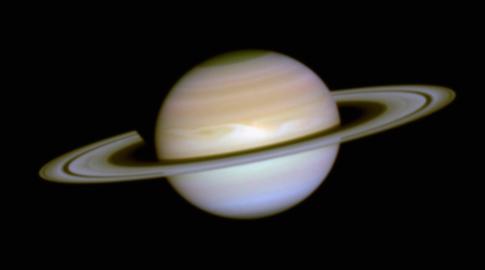An Astronomy course project is required of each student. The project might be a written report on a topic of interest, a report of an observational exercise, a poster on a topic, or the design of an astronomical instrument, to name a few possibilities. The report must be prepared as an electronic document, with a length of 1000-1300 words (about 4-6 pages), unless other content (such as a poster or model) is submitted, in which case a shorter report of at least 500 words (about 2 pages) may be submitted, but in all cases, a report is required. References must be reported. The written portion of the project must be submitted through the SafeAssign link on Blackboard. If you need assistance with submitting you report to SafeAssign refer to this help or the faq for students
Reports might cover the history of a topic, key figures, the role of space exploration, or other subjects of relevance to our understanding of the planets, stars, galaxies, or the universe. It might discuss the debate over an unsettled issue or issues regarding an important observation. There are many possibilities, and the student's imagination and interest should be the guide.
The project will contribute 10% to the total grade. Projects are due, without exception, no later than May 24. If it is fragile, it should be delivered to 414 Willamette. However, all written material will be submitted through SafeAssign on Blackboard.
Academic honesty is expected of every student. Refer to the policy on academic dishonesty at the bottom of this page.
Some possible projects
These suggestions are given as examples of what you might do. You are free to design any project related to Astronomy.-
Examples of past projects
- Write a report on a topic of interest, such as the Big Bang, the origin of stars, the death of stars, the birth of planetary systems, the possibilities of life elsewhere, or the known and unknown limits of space and time.
- Evening or early morning sky observations.
Using a star chart (located in back of text) or SkyChart III on the text's
CD-ROM as a reference, try using a pair of binoculars to observe and locate
the following (suggested) celestial objects:
- Planets Saturn, Jupiter, Mars & Venus
- M42 - Orion Nebula (emission nebula)
- M45 - Pleiades (galactic cluster)
- M15 - (globular cluster) in Pegasus
- M36,M37,M38 (globular clusters) in Auriga
- M31 - Andromeda Galaxy
- Milky Way
- Attend a planetarium program and submit a written description focusing on the content themes. Report what you have learned, what you find agreeable or disagreeable, etc. Back up your report of the planetarium program with related references.
- Develop a report on topics in the Review and Discussion sections at the end of each chapter in the textbook.
- Complete a "poster report", consisting of a brief description of a topic displayed on a poster. This will include images of the subject, along with a discussion of interesting related issues. For example, you might document the images of space-based observations of distant objects, such as gamma-ray bursts, or distant galaxies.
- These are some possibilities. Be creative.
Academic Dishonesty
Academic dishonesty will not be tolerated. This includes any form of cheating, plagiarism, or fabrication. All work must be your own, produced exclusively for this course. For additional information on plagiarism, refer to the UO Library information.
Academic dishonesty can result in receipt of a failing grade on the specific assignment or even receiving an F in the course. Additional information on academic conduct is available from Student Life.
Every violation will be dealt with seriously and noted on student disciplinary records.



